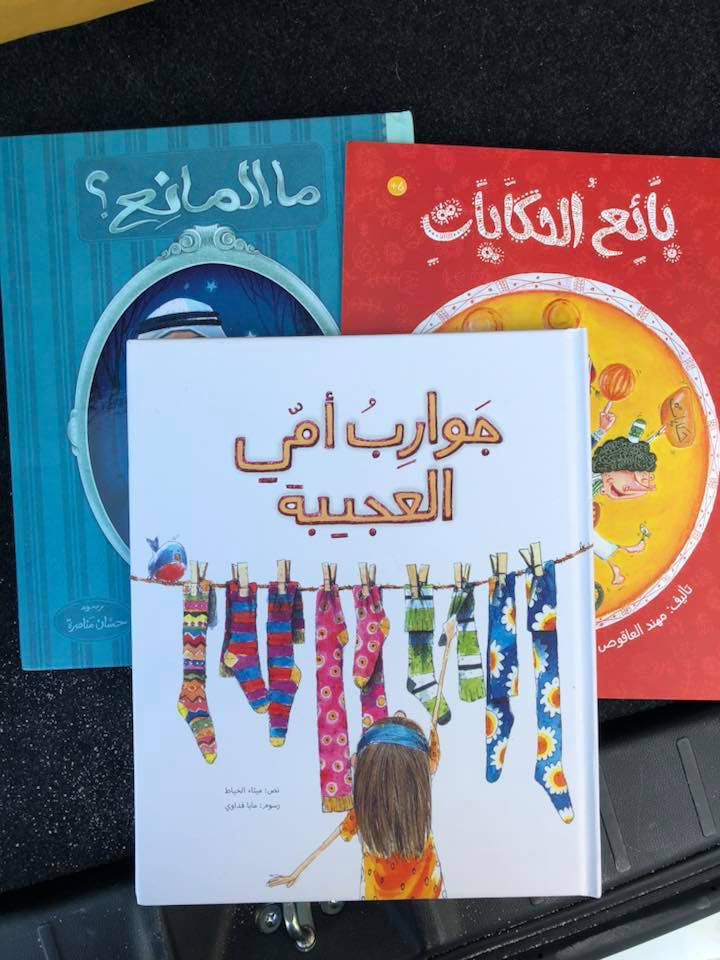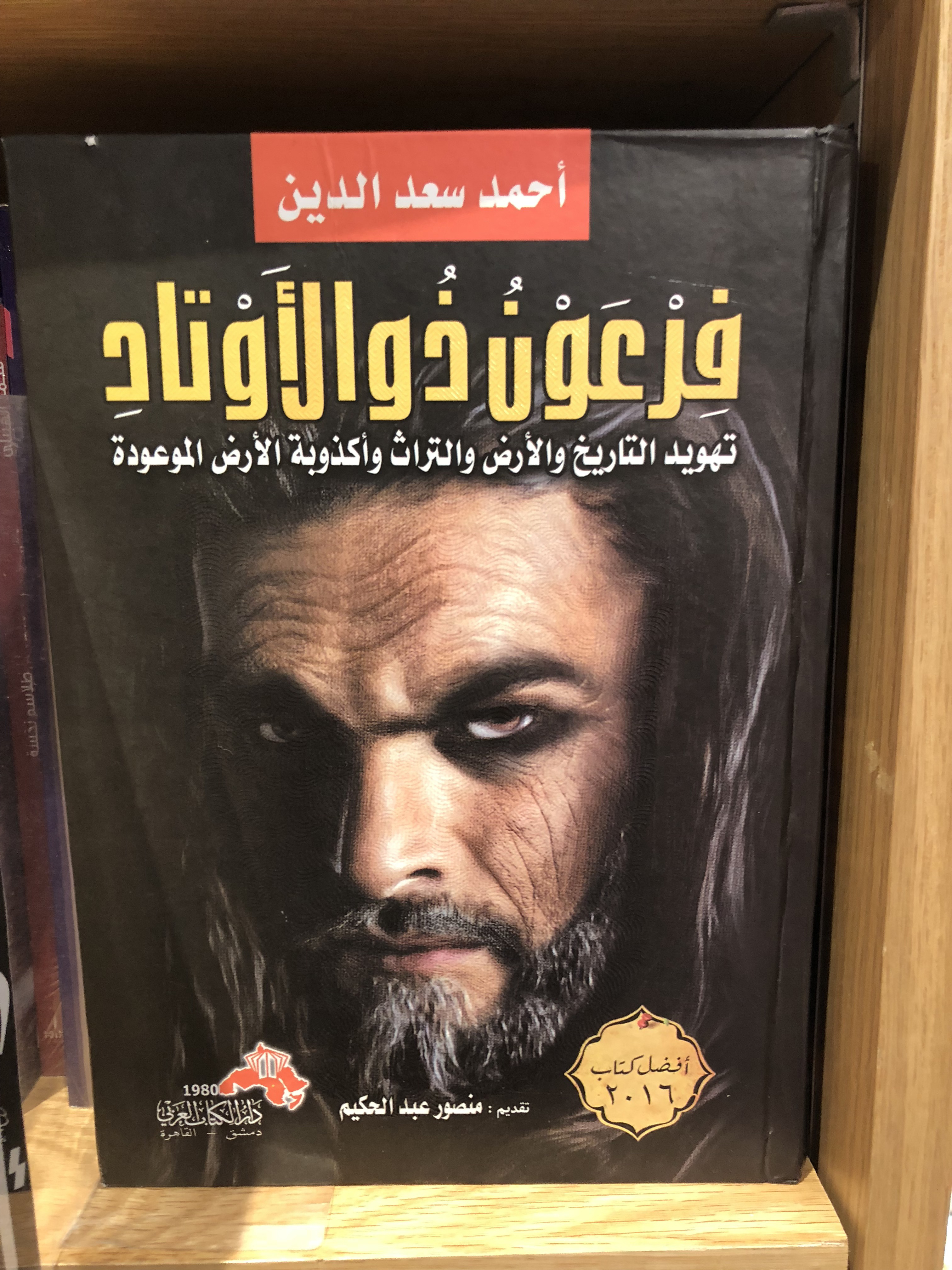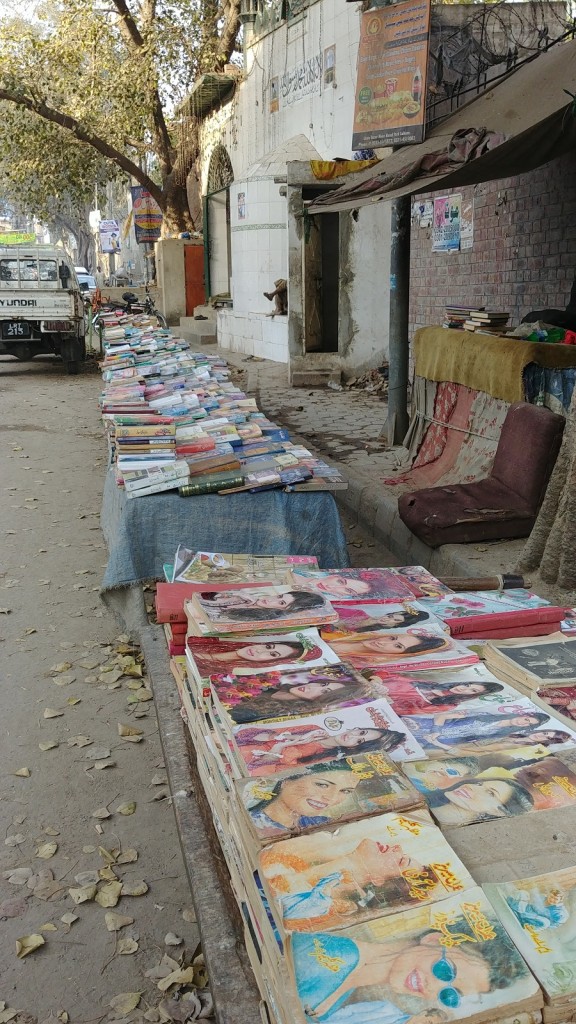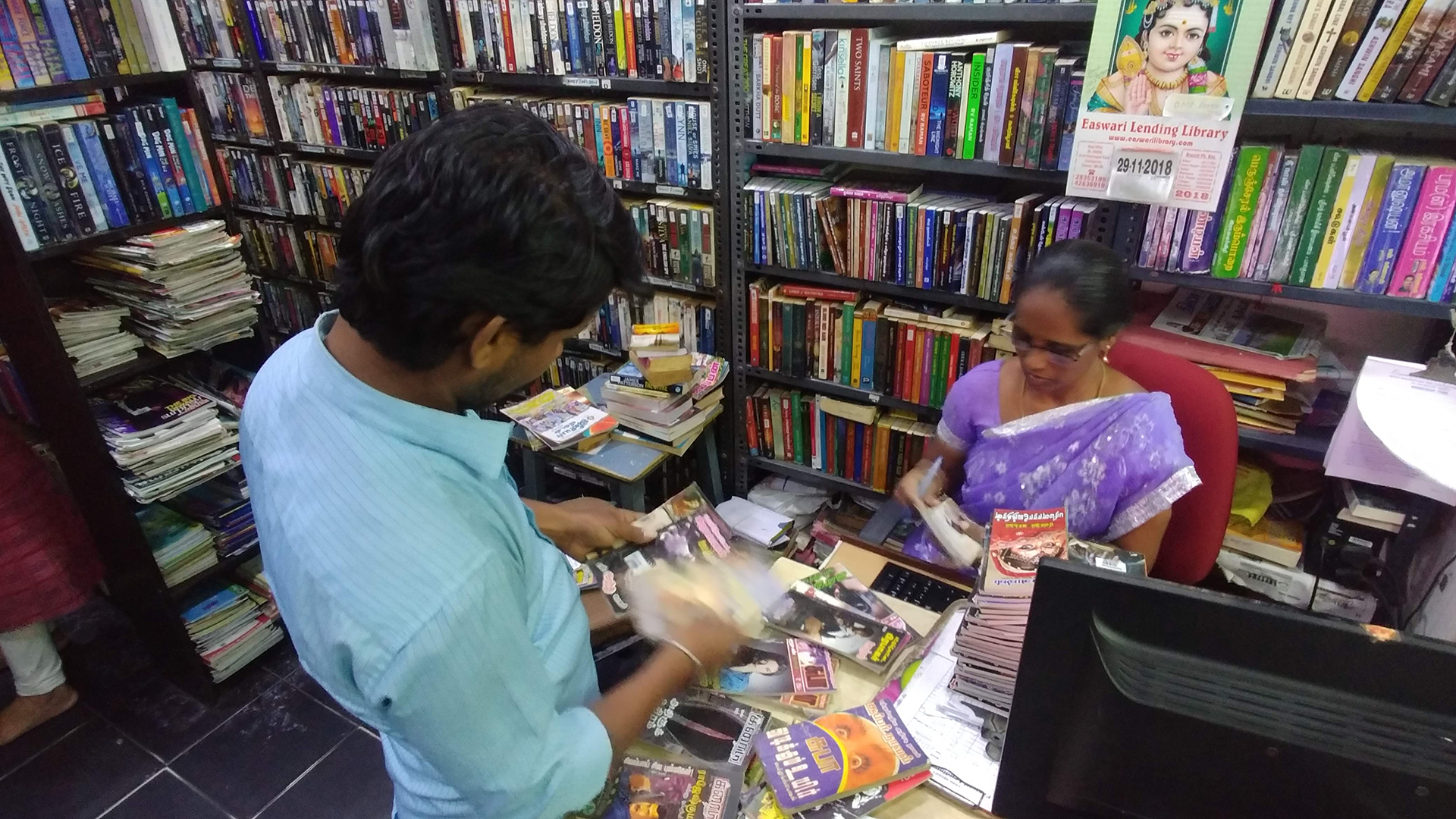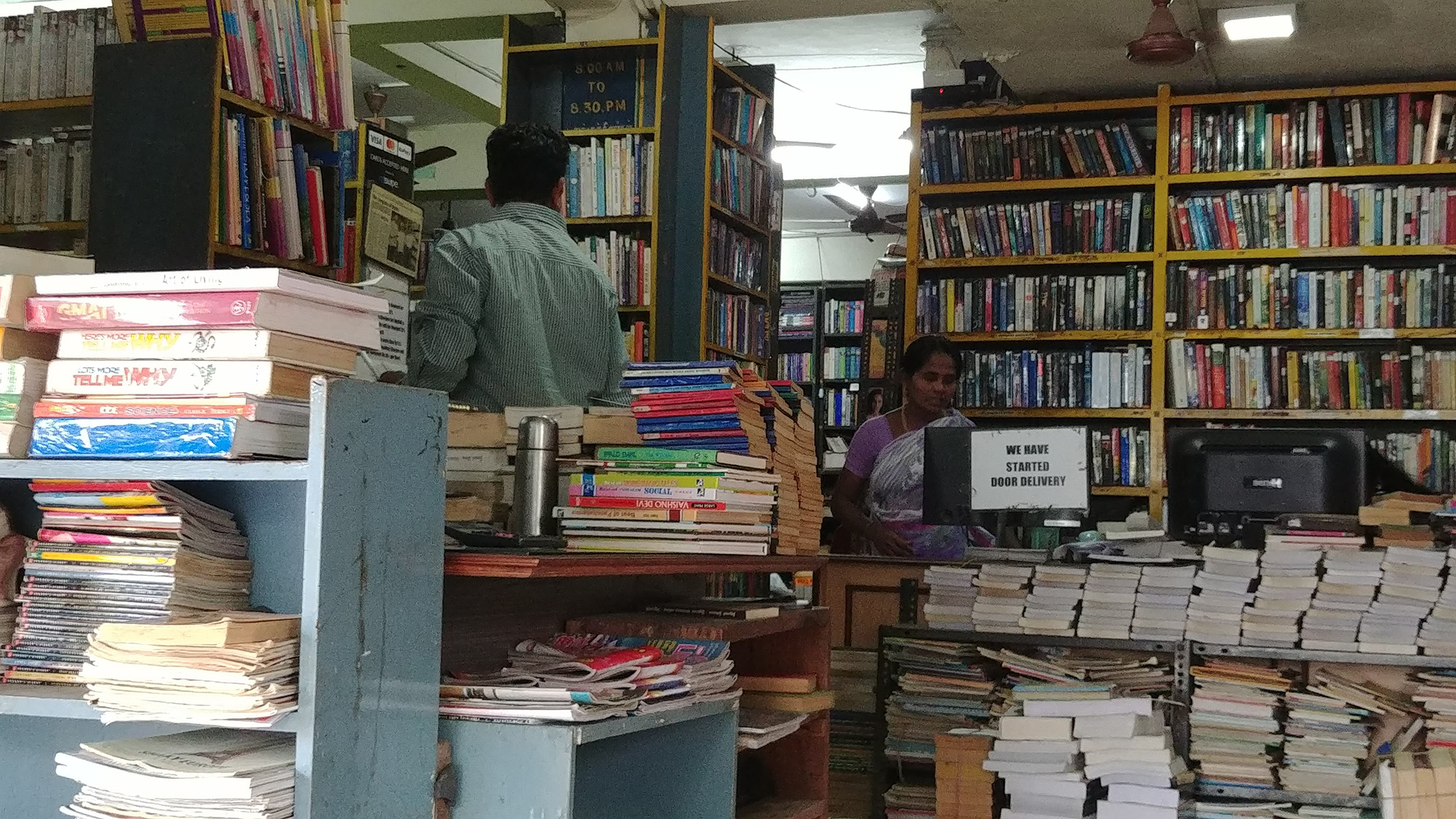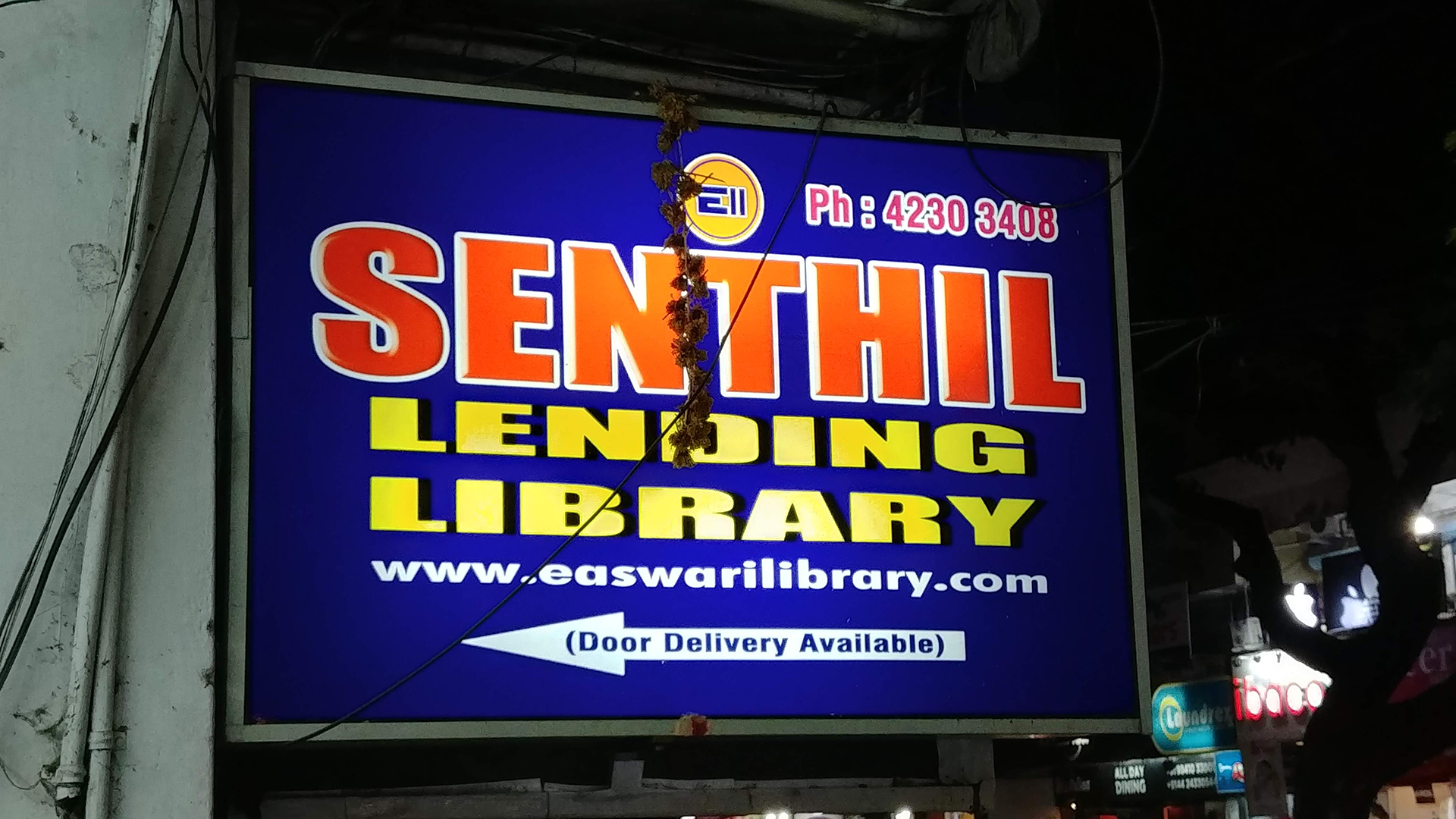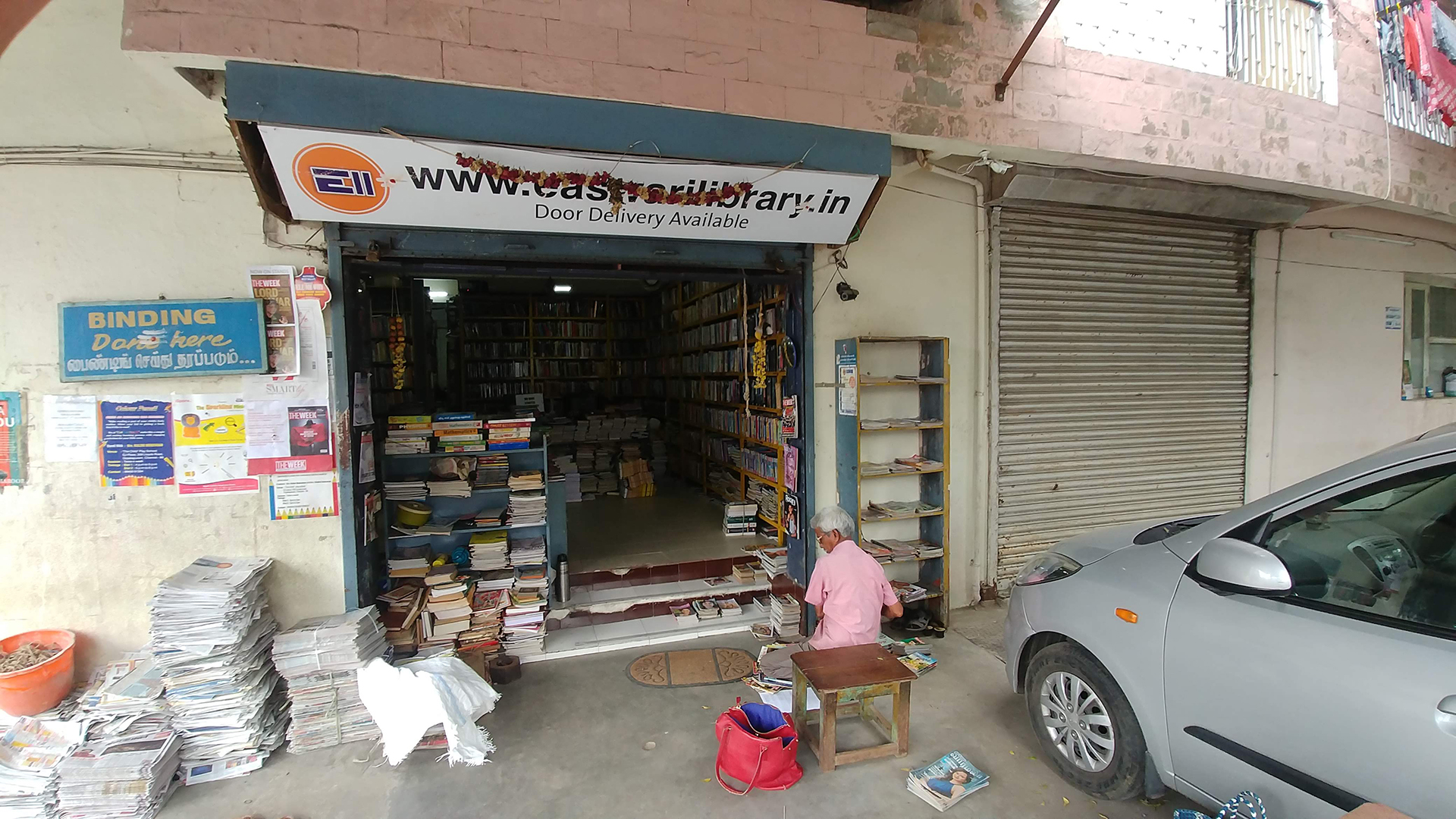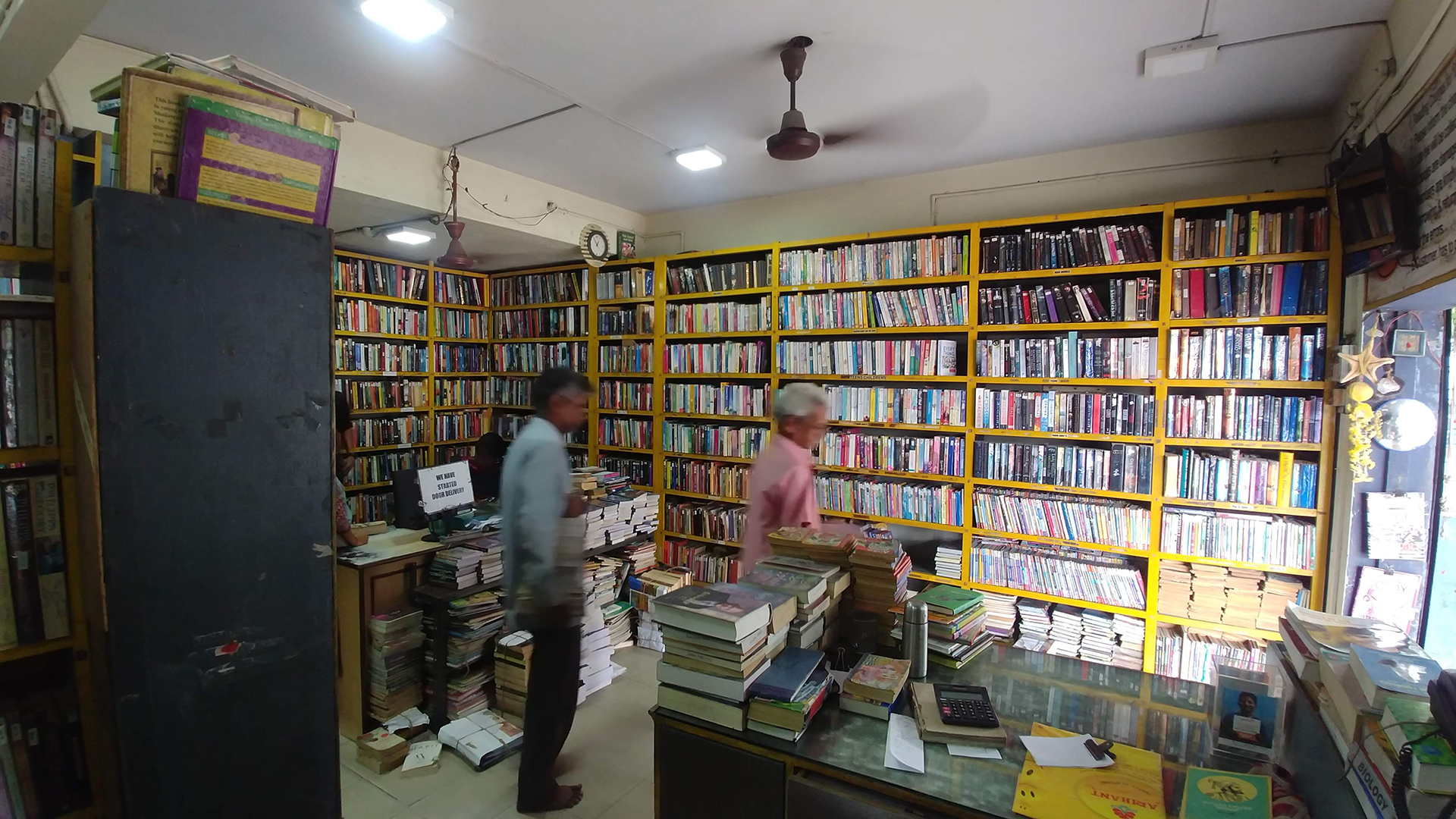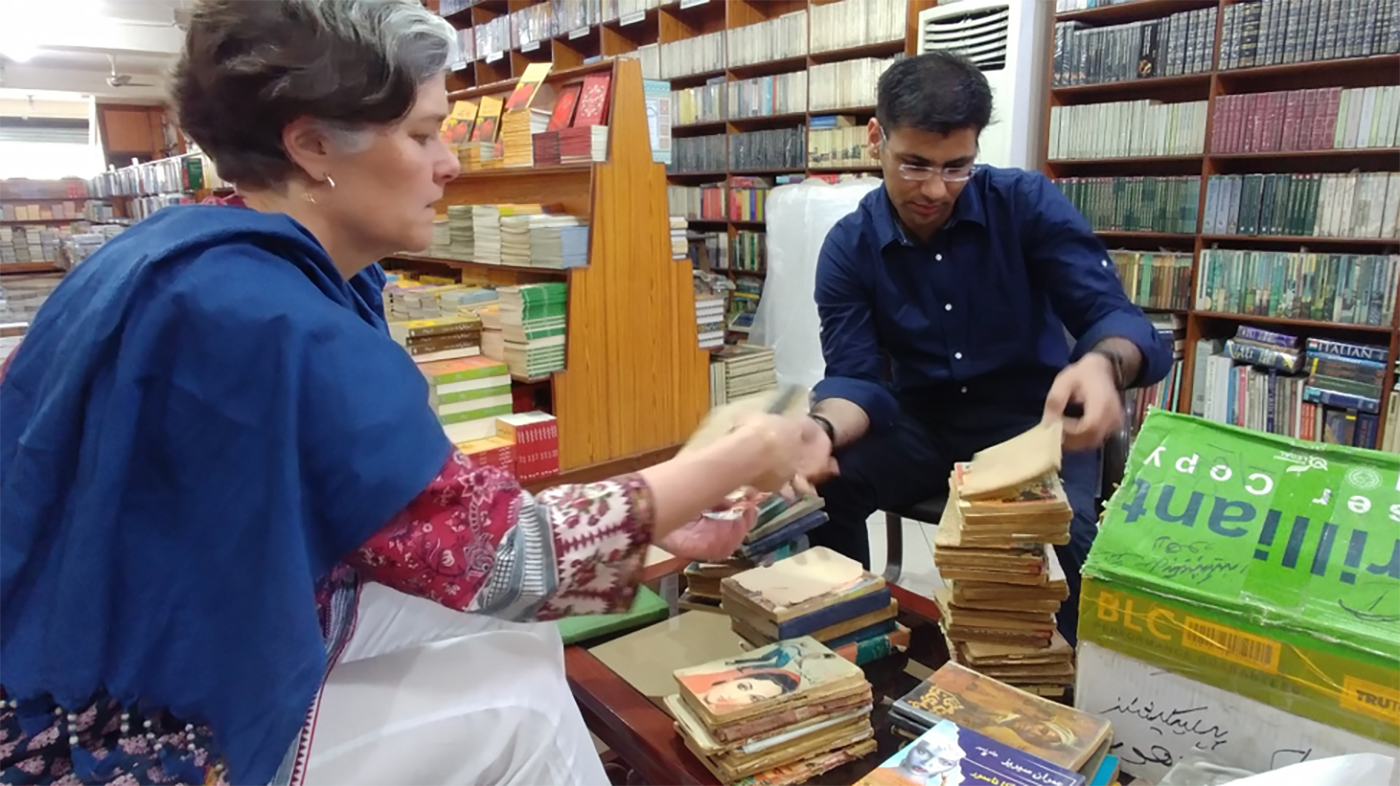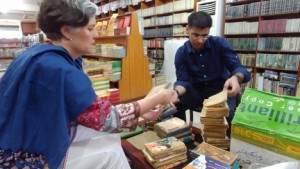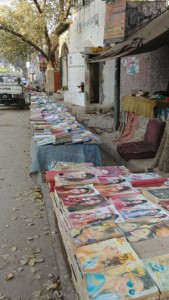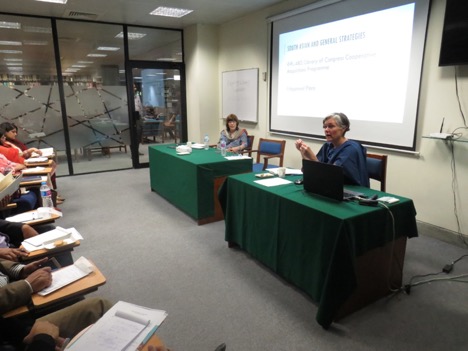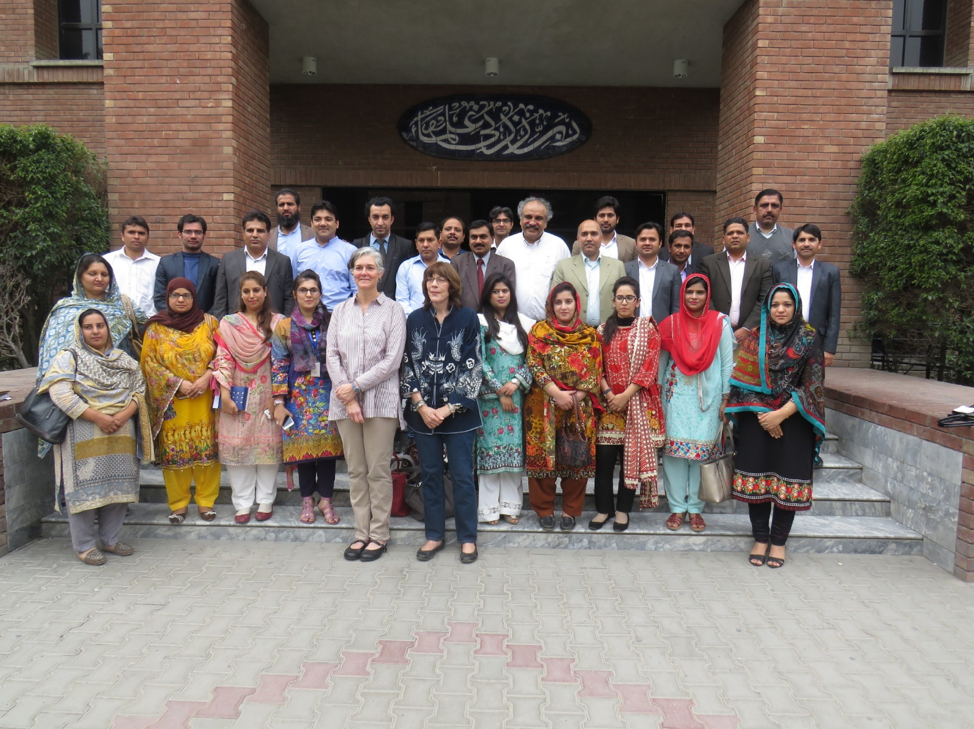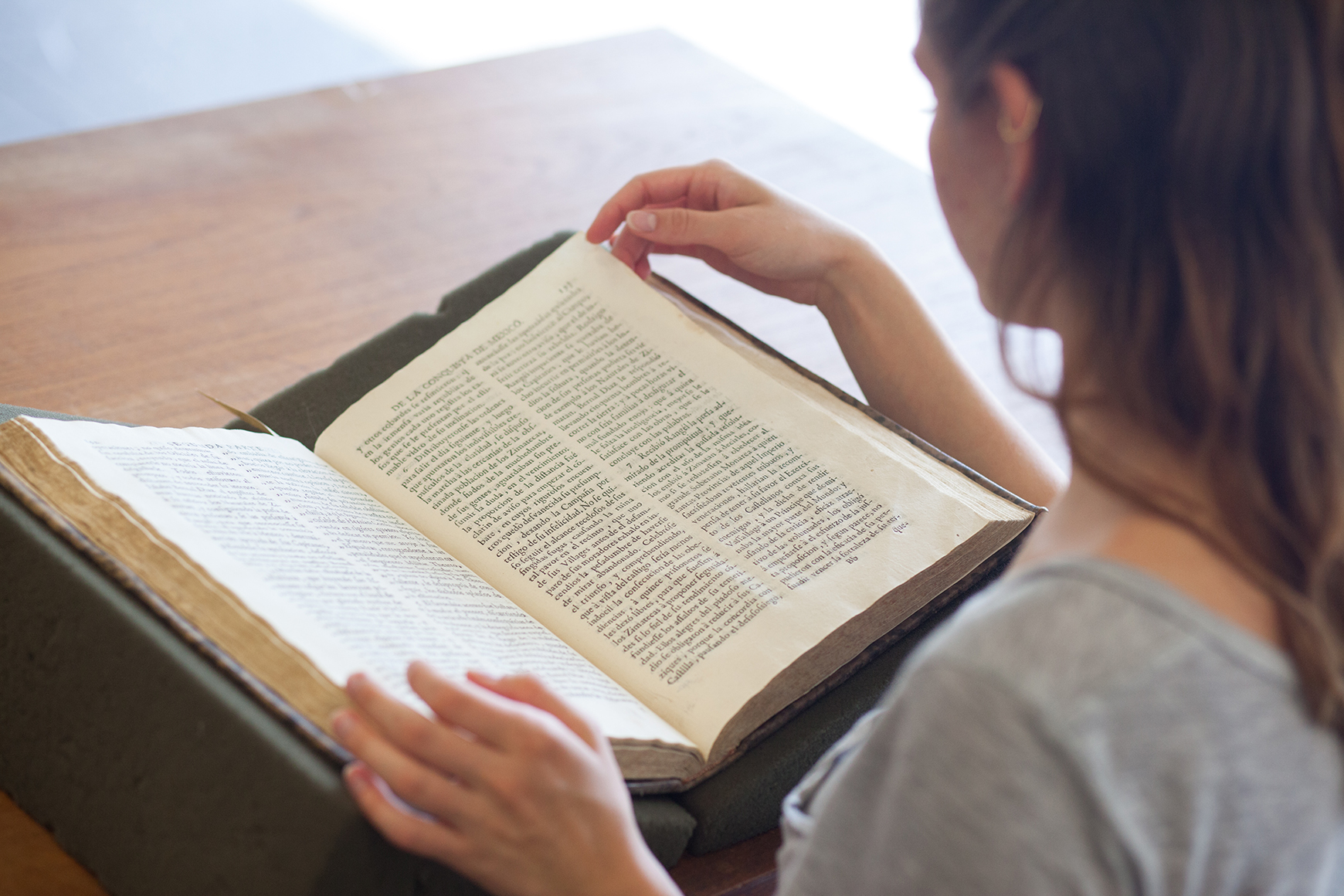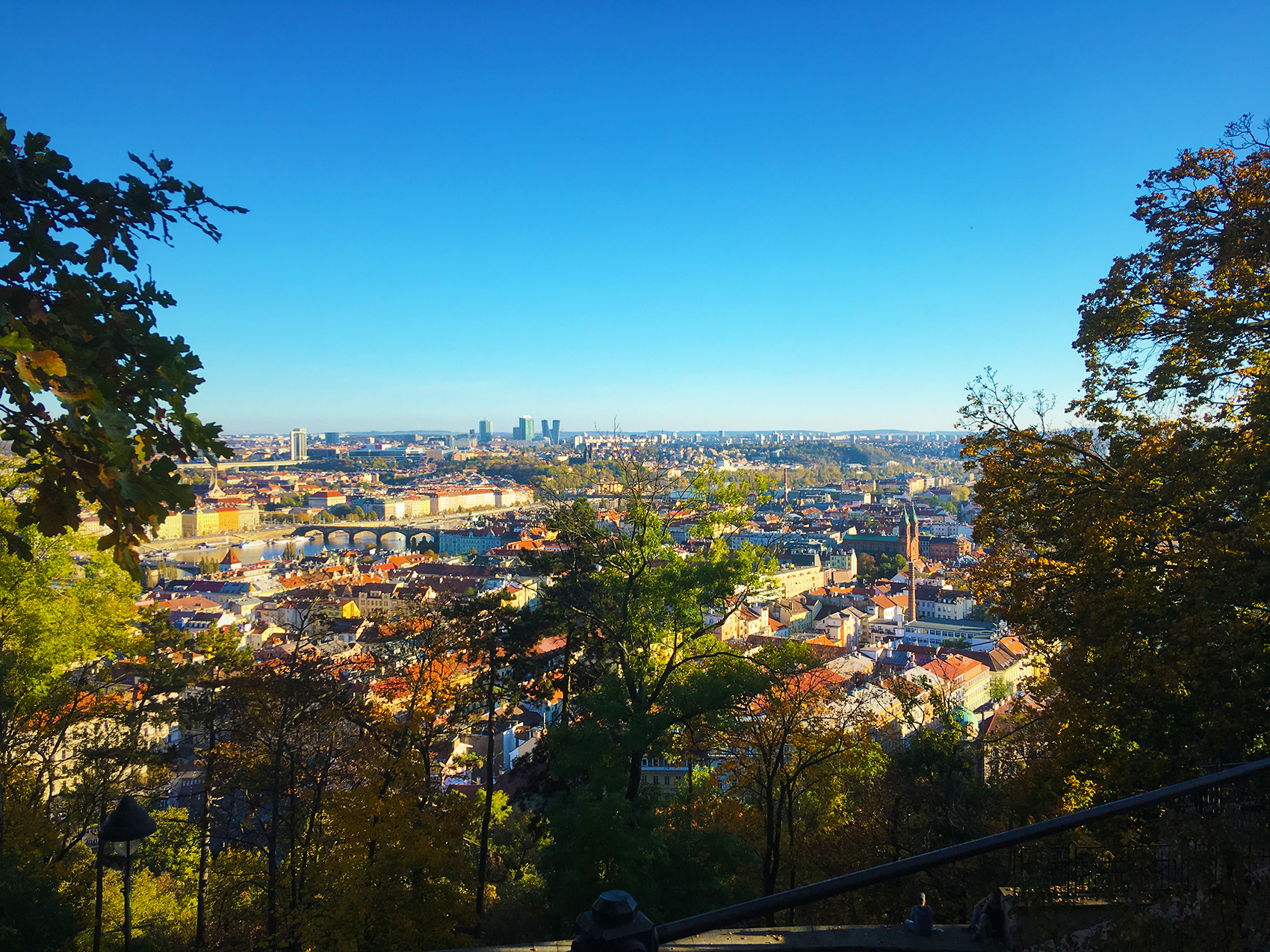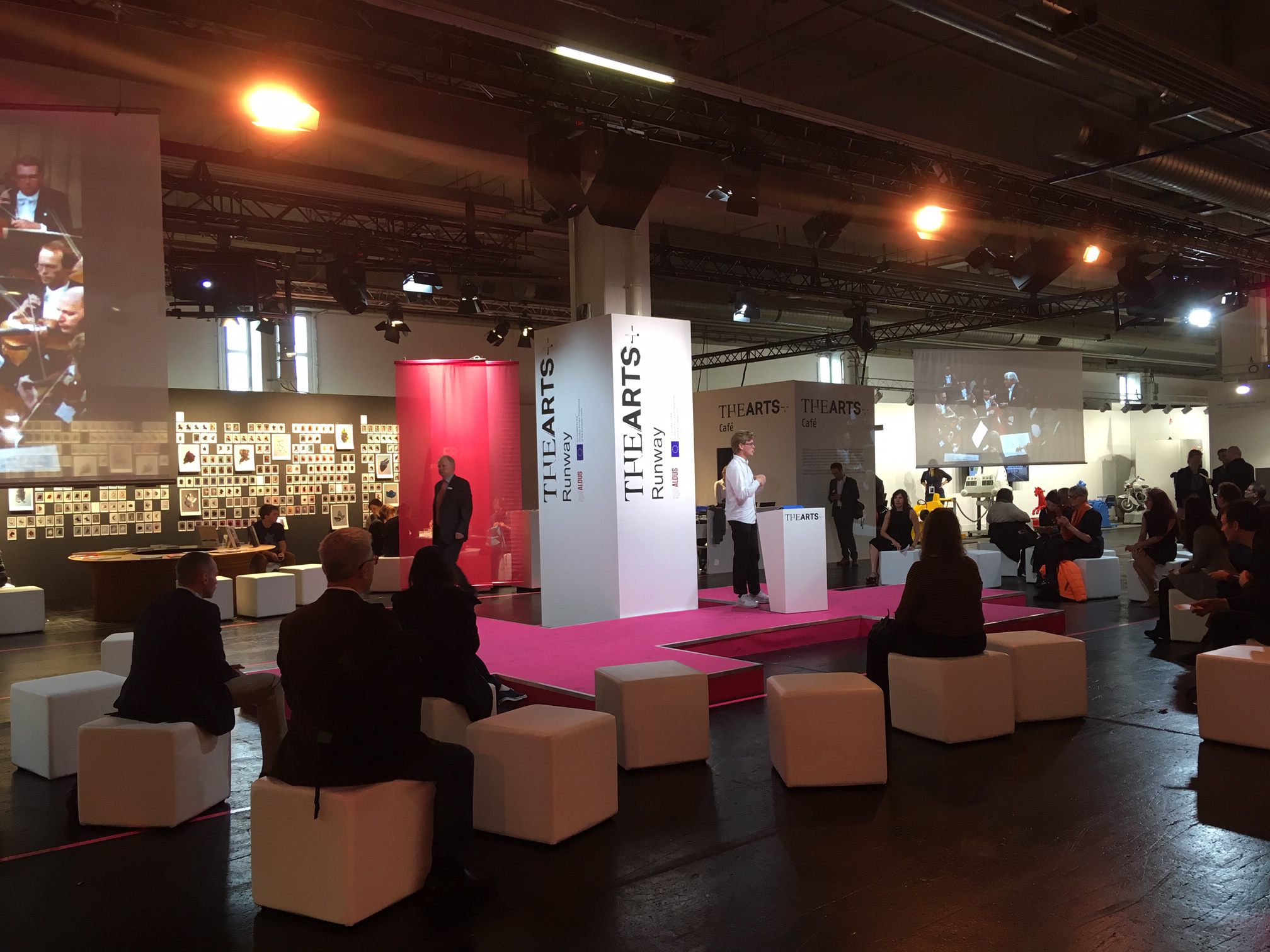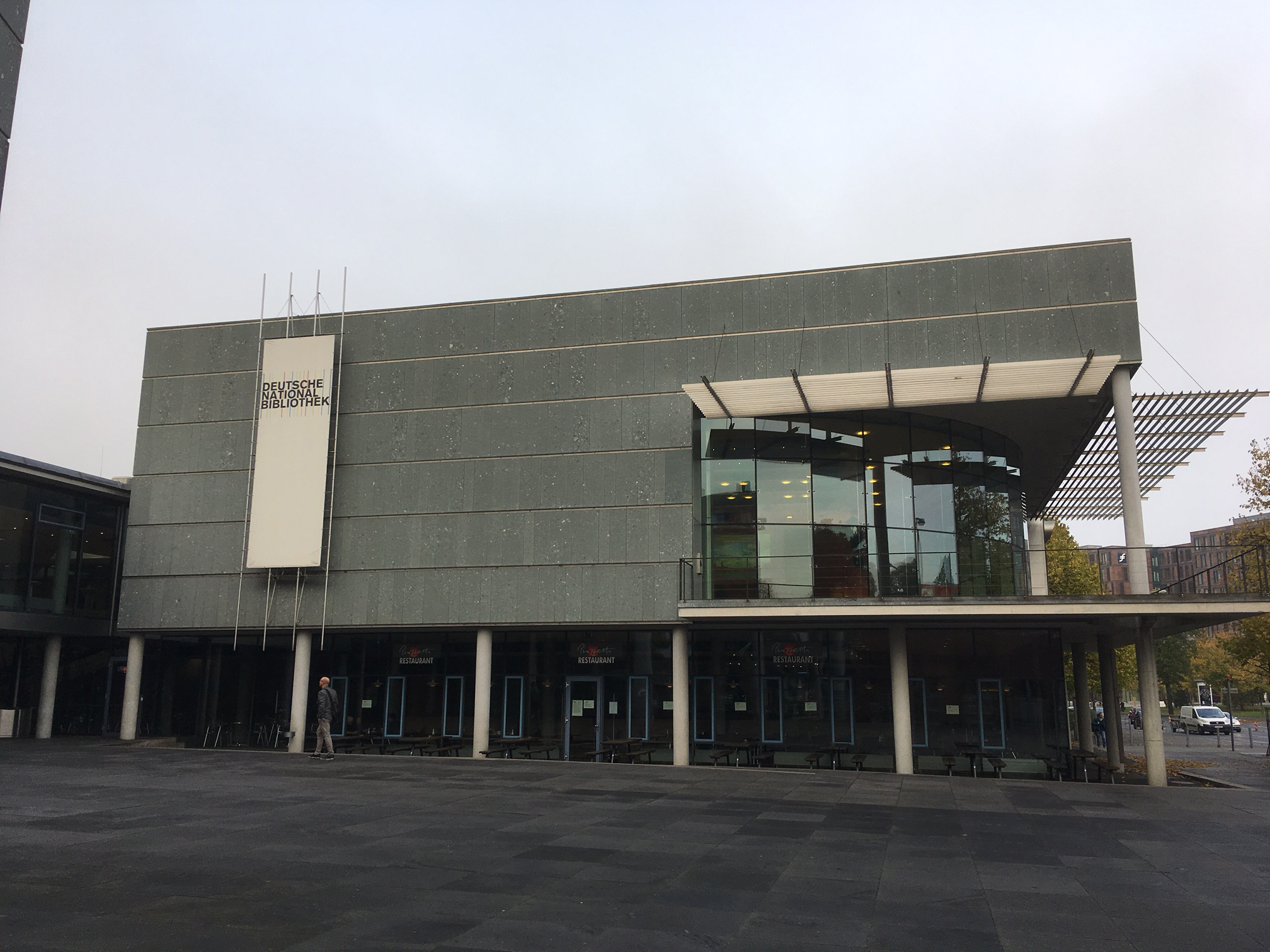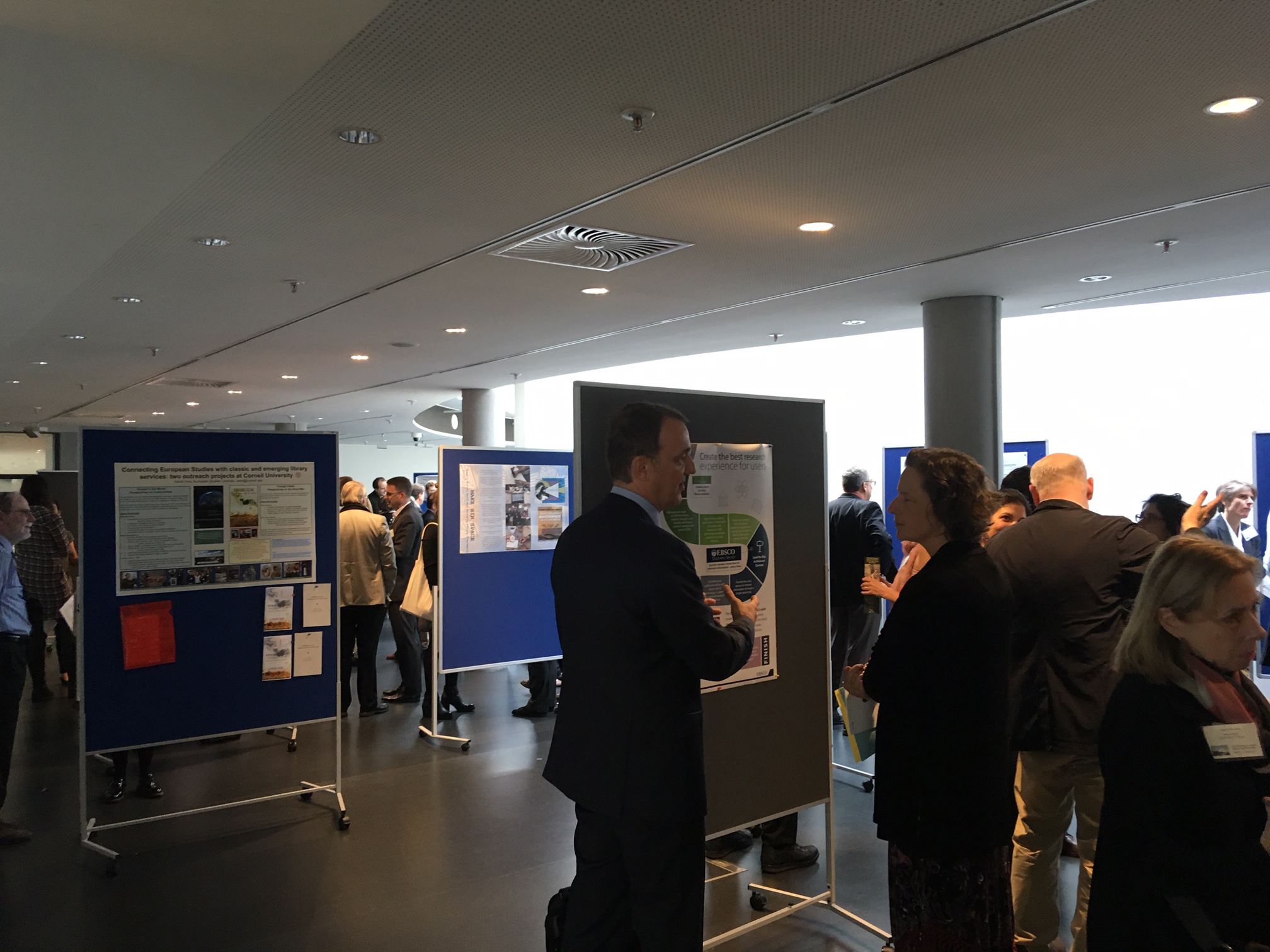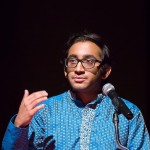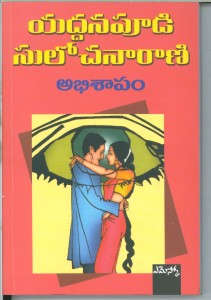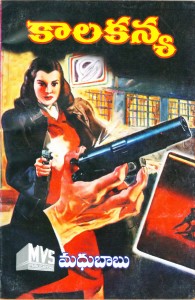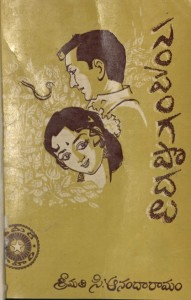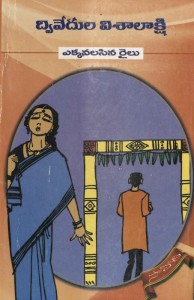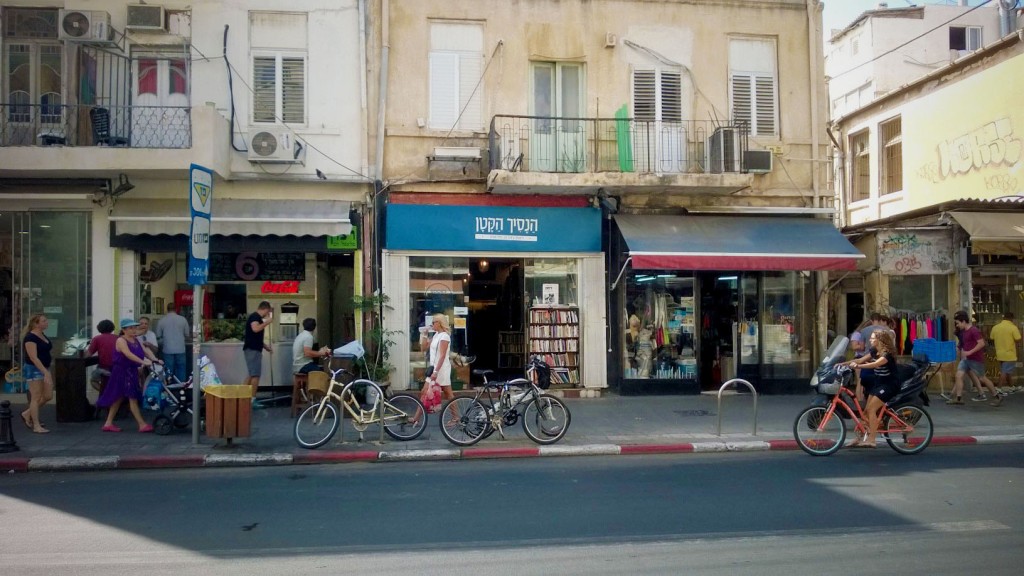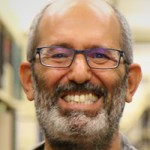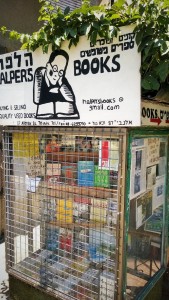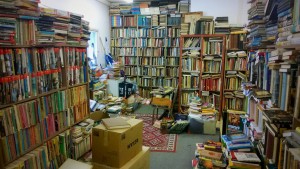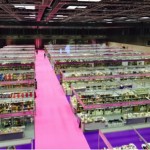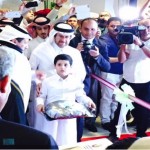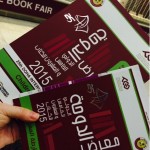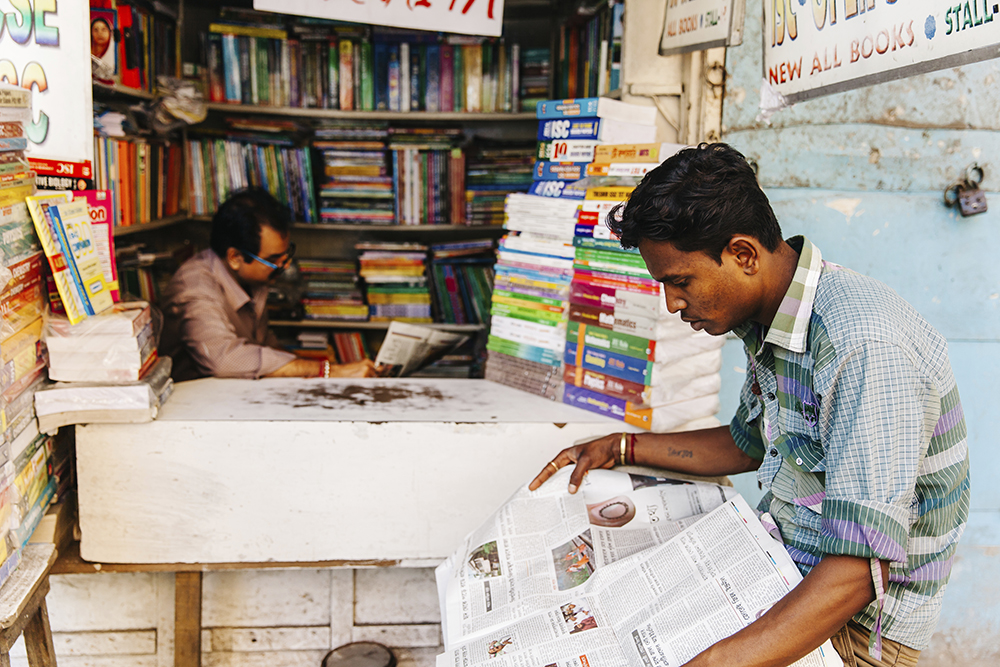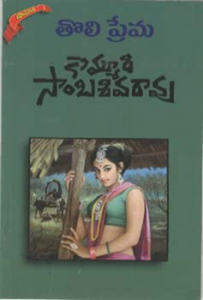UT Libraries’ Global Studies liaisons regularly travel internationally in order to maintain their expertise as librarians, establish and nurture international networks and productive collaborations, and acquire unique materials that distinguish UT Libraries’ collections and make them a destination for researchers from around the world. In March of last year, I traveled to the United Arab Emirates and Oman for materials acquisitions and networking on behalf of the UT Libraries. Dubai, UAE, served as my home base as I made trips to Abu Dhabi and Ajman, UAE, and to Salalah, Oman.


In Dubai, I attended the Emirates Airlines Literature Festival where I was able to acquire a number of children and young adult books, as well as special editions on Shaykh Zayed, a leader in the UAE who was being celebrated in 2018. David Hirsch, formerly the Middle Eastern Studies Librarian at UCLA and now the Chief Adviser for the Muhammad bin Rashid National Library in Dubai, joined me at the festival and introduced me to local presses and booksellers. I also had the pleasure of attending a panel on Arabic Science Fiction featuring Ahmed Saadawi, the author of Frankenstein in Baghdad, winner of the International Prize in Arabic Fiction 2014 and short-listed for the Man Booker international prize this year; and Nora al Noman, a young adult science fiction author.
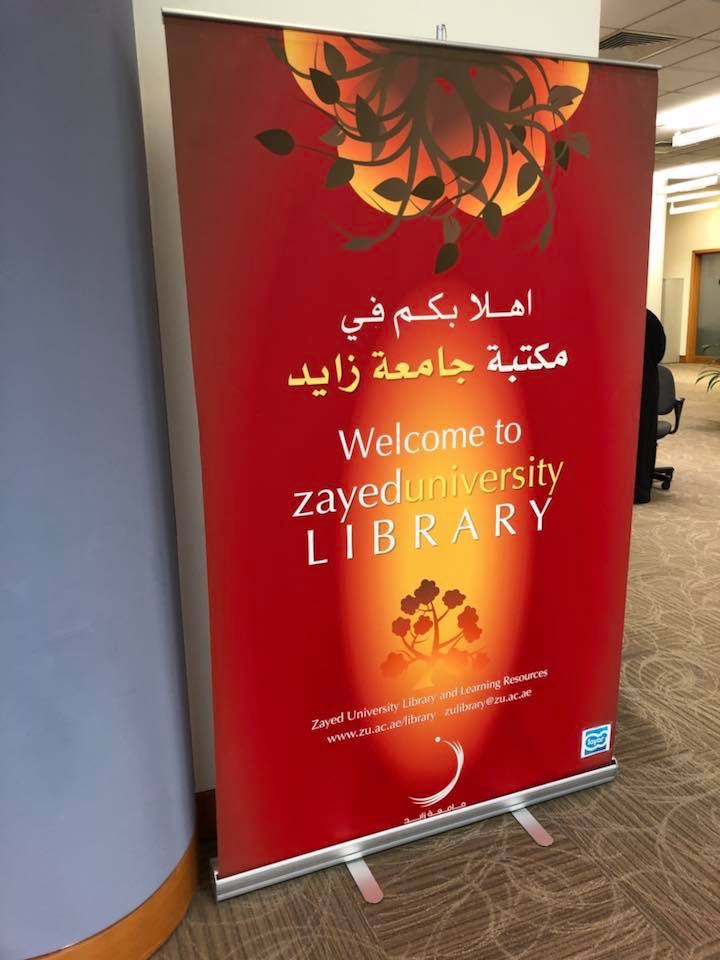
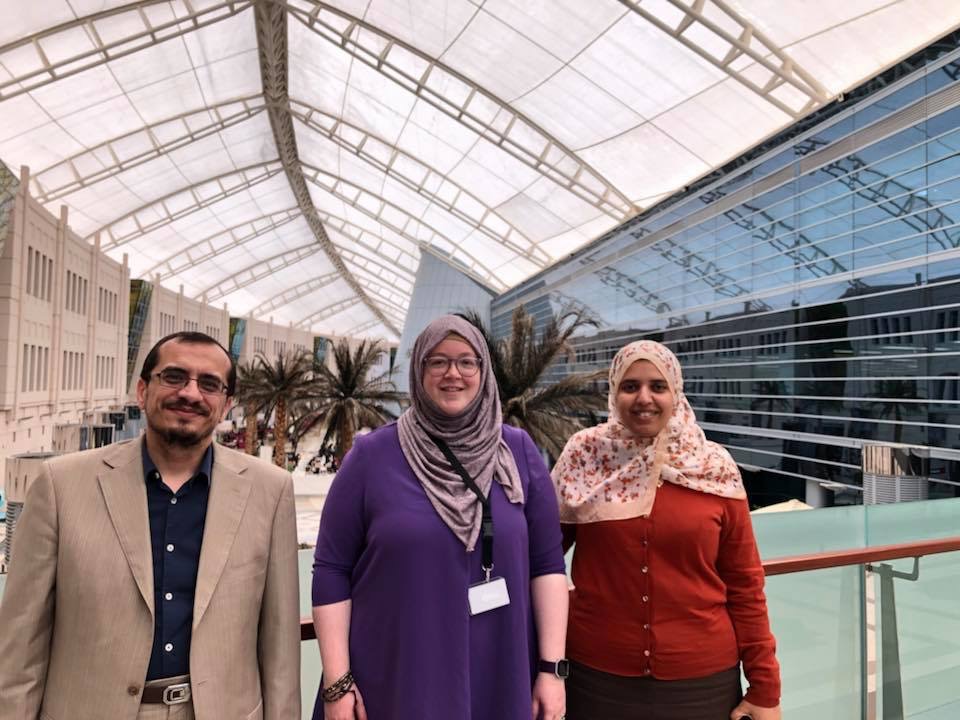
In addition, I was able to meet with new colleagues at Zayed University, one of the UAE’s top institutions of higher education. Riham al-Khafagi and Ahmed Salem were kind enough to give me a tour of the university, including its library, and sit down with me to discuss the unique challenges facing a top research university in the Middle East. In particular, we spoke about electronic resources, open access, print collection consortia in the Middle East and Middle Eastern Studies contexts, and censorship, all of which are current and pressing concerns shared by universities across the Middle East.

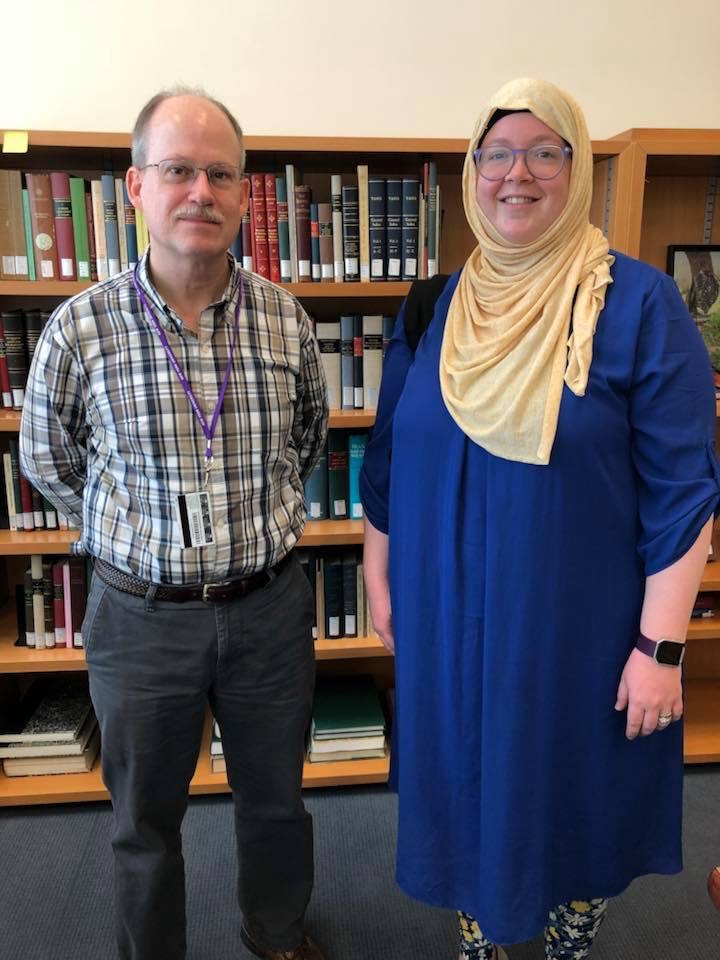
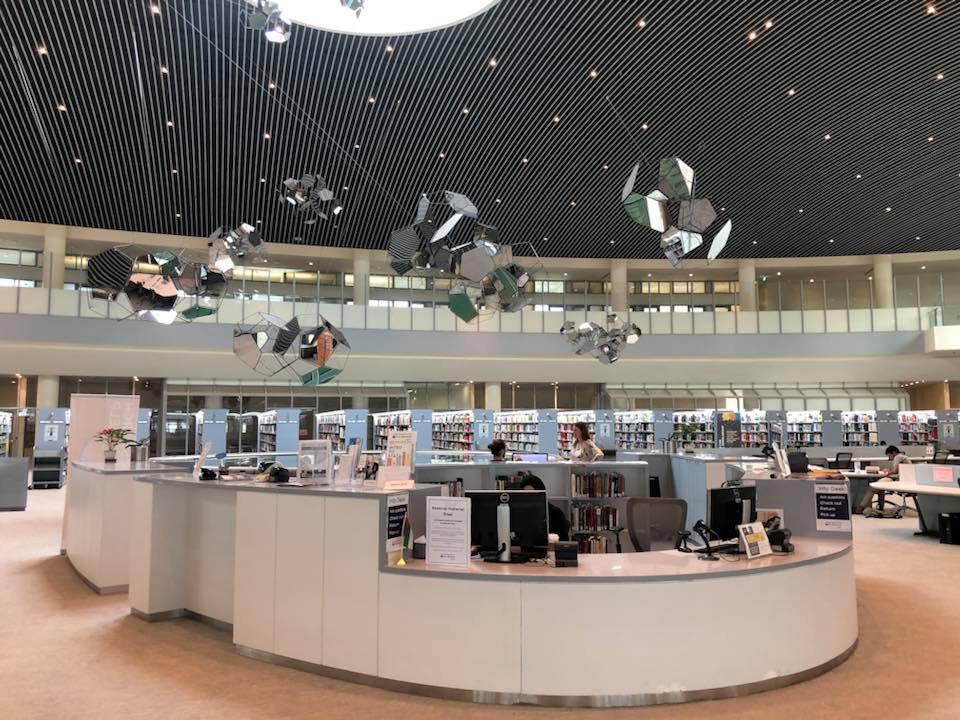
Following my visit to Zayed University, I took a day to drive down to Abu Dhabi and visit with colleagues at NYU Abu Dhabi. Justin Parrott, Middle East Studies Librarian for the NYU Abu Dhabi Library, kindly gave me a tour of the library and introduced me to his colleagues. I met with Ginny Danielson, Director of the NYU Abu Dhabi library, with whom I discussed the challenges of keeping up with local publishing and literature. I also met with Brad Bauer, Special Collections librarian, who told me a bit about the history of their young but growing Special Collections. I was particularly interested in their local photography and maps collections. The current exhibitions were of Shakespeare in translation, which was fascinating to see. Much of my conversation with Justin, however, had to do with being a Middle East subject specialist at, essentially, a small liberal arts college in the Middle East. I had time as well to meet with faculty members Masha Kirasirova and Maurice Pomerantz in Middle Eastern Studies, and to learn more about the programs on offer at NYU Abu Dhabi that may be of interest to UT Austin students and researchers.
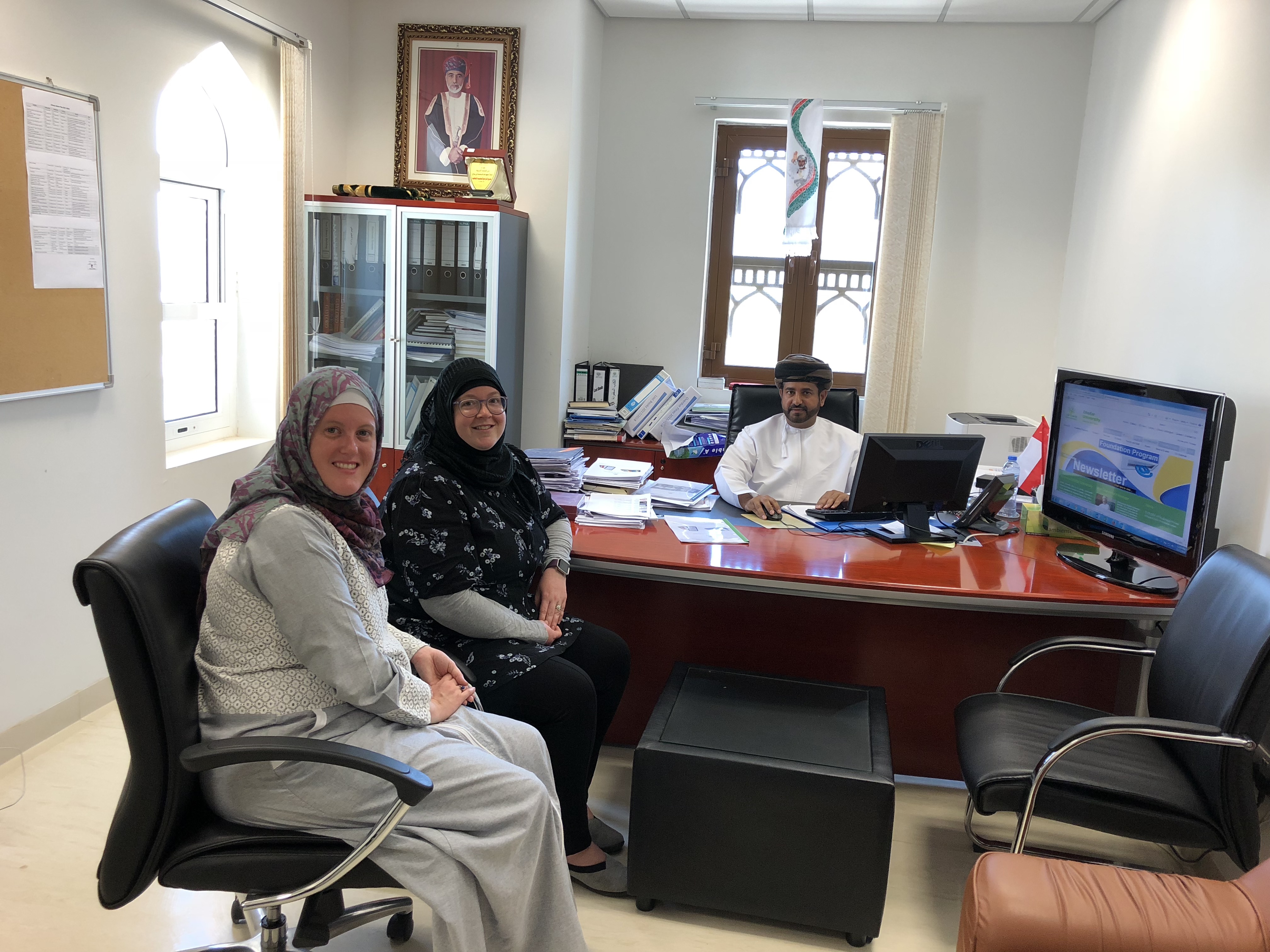
I was also fortunate enough to visit Salalah, Oman, during my trip. There, I met with Ali Bakhit Salim Al Awaid, the library director at Dhofar University Library. Dhofar University aims to be the leading science and technology university in Oman, although they also have strengths in English language education and law. Mr. Al Awaid and I spoke about the library’s collections, services, and areas of development, as well as the possibilities for an Interlibrary Loan cooperation. I also met with Khalid Mashikhi, the dean of the Arts and Humanities college, who was eager to discuss potential collaborations of benefit to both UT and Dhofar University student bodies. Dhofar University is a promising location for UT Arabic students to study Arabic and subjects relevant to their majors in the Arabic language. The U.S government Critical Language Scholarship program already relies on Salalah as one of their primary Arabic program sites.
I spent my last days in Dubai visiting local booksellers to collect young adult and science fiction. I found works in this genre from all over the Middle East, but I was particularly pleased to invest in titles from local authors. Gulf publishing is still developing, and it is difficult to track, but more and more I am finding materials more than worthy of adding to UT Libraries’ distinctive collections. This focus on youth literature and science fiction introduced me to a number of local authors and artists who might otherwise not normally make it onto the shelves of a research library in the U.S. I am sincerely grateful to the UT Libraries and CMES for supporting my travel to the UAE and Oman to purchase these materials, learn more about publishing, research, teaching, and technology in the area, and establish contacts on behalf of UT.


